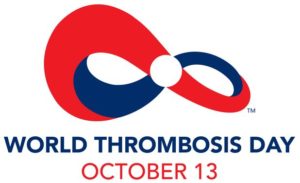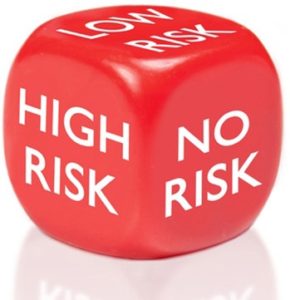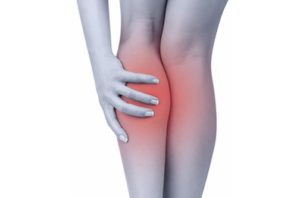 As it’s World Thrombosis Day today, would you be happy to share your knowledge of venous thrombo-embolism with others? These are the things the organisation wants people to know …
As it’s World Thrombosis Day today, would you be happy to share your knowledge of venous thrombo-embolism with others? These are the things the organisation wants people to know …
1. Risk of having a blood clot 
Strong Risk
- being in hospital
- having surgery
- immobility (bed rest, long-distance travel)
Moderate Risk
- age (60+)
- a previous blood clot
- family history of blood clots (50% will have a known thrombophilia)
- cancer
- contraceptive pill or hormone replacement therapy
Other Risk Factors
- Obesity
- Pregnancy
- Smoking
- Alcohol
2. Blood clot signs and symptoms 
These symptoms do not always occur
DVT (Deep Vein Thrombosis)
- pain or tenderness often starting in the calf
- swelling including the ankle or foot
- redness or discolouration of the calf
- warmth
Pulmonary Embolus (PE)
- unexplained shortness of breath
- rapid breathing
- chest pain (often associated with deep breathing)
- rapid heart rate
- feeling light-headed
3. Thinking about the risk of blood clots if you go to hospital 
- Blood clots (Pulmonary embolism and DVT) cause more deaths in hospital than heart attacks, pneumonia or infections.
- They can often be prevented if people are given prophylactic anticoagulants, usually a once daily injection of a type of heparin such as enoxaparin. Hospitals may also encourage leg exercises or ask people to wear compression stockings.
- All hospitals should have a prophylaxis policy. You should have an assessment for your risk of clots and a staff member should discuss this with you and explain any treatment. If this does not happen, please ask about it.
Coagulation Conversation covers these issues over time, but it’s quite nice to see coverage of everything at once. There is lots of additional and helpful information in ‘the Issues’ part of the World Thrombosis Day website.

Leave a Reply